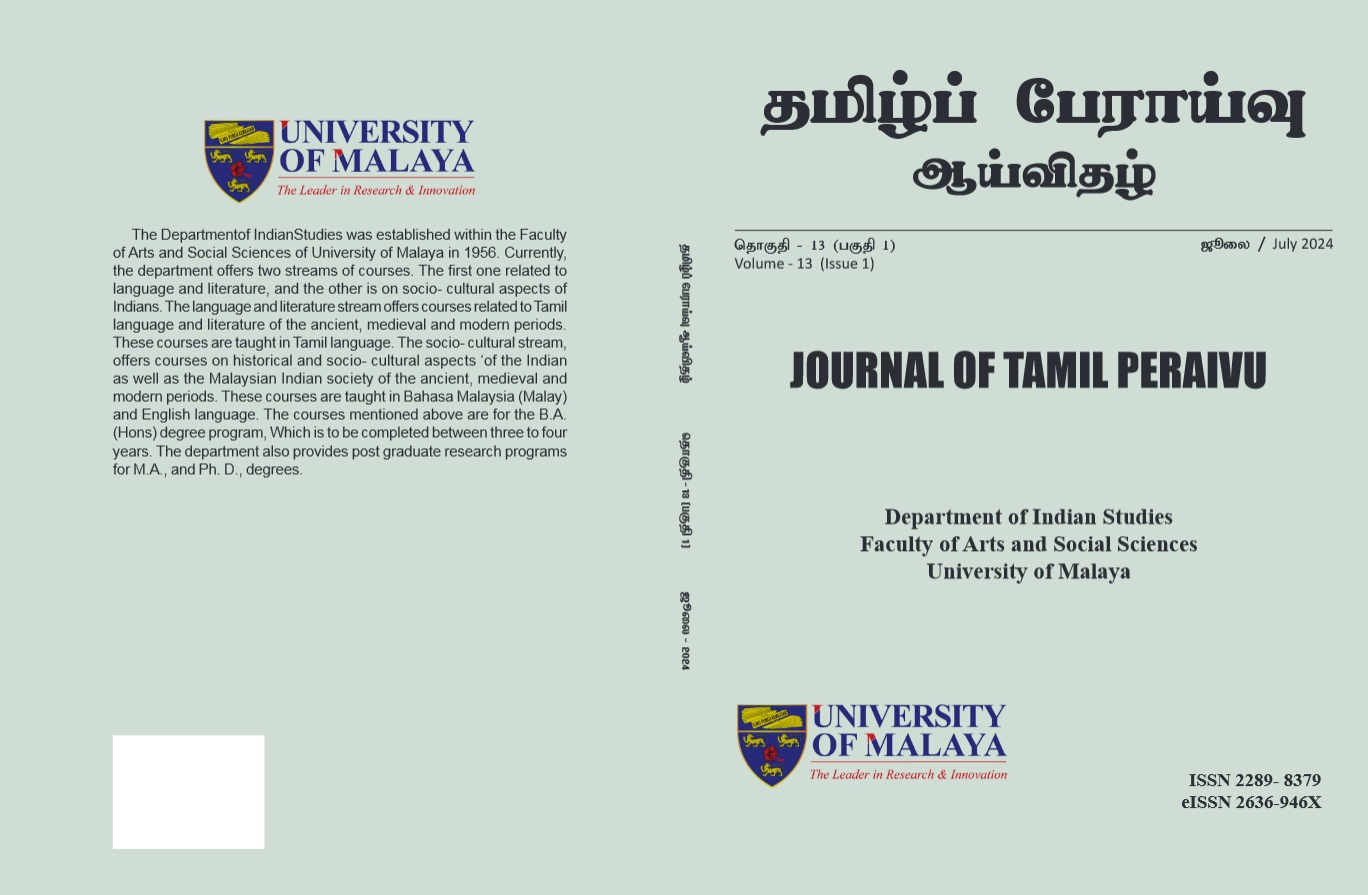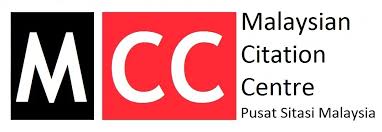பௌத்த வழிபாட்டில் சமன் தெய்வம் - இரத்தினபுரி சமன் தேவாலயத்தை அடிப்படையாகக் கொண்ட ஆய்வு (Saman Deity in Buddhist Cult – A study based on Ratnapura Saman Devalaya)
DOI:
https://doi.org/10.22452/JTP.vol13no1.2Keywords:
Saman, Buddhism, Basnayaka Nilame, Devalaya, Folk Traditions, Archaeological EvidenceAbstract
Before the introduction of Buddhism to ancient Sri Lanka, the indigenous population practiced Yaksha and Naga worship alongside Hinduism and Jainism. Despite the widespread adoption of Buddhism, some pre-existing cults persisted, often blending with Buddhist and Hindu practices. This study investigates the influence of Saman worship among Buddhists, with a focus on the Sabaragamuwa Saman Devalaya. Utilizing archaeological evidence and historical analysis, this research aims to uncover the integration of ancient folk traditions with Buddhist practices. The Sabaragamuwa Maha Saman temple, a significant historical site, is central to this study. It serves both as a shrine to Saman and as a Buddhist temple, where rituals are performed in a hybrid manner combining Buddhist and traditional practices. In Sabaragamuwa, community members often seek the deity's blessings before undertaking significant ventures, reflecting the continued importance of Saman worship in local customs. This study employs a historical research methodology, systematically analyzing archaeological and literary sources to reveal the unique and enduring nature of Saman worship within the context of Sri Lankan Buddhism. It demonstrates how ancient worship practices have been preserved and adapted within the framework of Buddhist rituals, highlighting the complex interplay between traditional and Buddhist elements in Sri Lankan religious practice.



